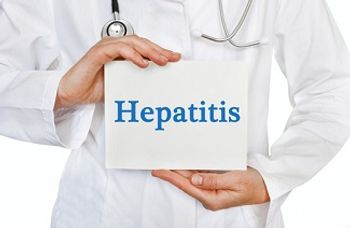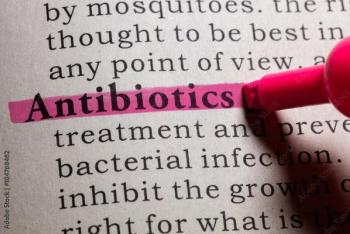
PrEP in England Cutting New HIV Diagnoses Among MSM, but STIs Still Prevalent
Bacterial sexually transmitted infections are still prevalent among men who have sex with men in England, but PrEP and other measures have sharply cut the rate of new HIV diagnoses.
Although bacterial sexually transmitted diseases (STIs) are still prevalent among men who have sex with men (MSM) in England, the rate of new HIV diagnoses has sharply decreased thanks, in part, to the introduction, scale-up, and availability of pre-exposure prophylaxis (PrEP).
Investigators from Public Health England sought to determine the impact of PrEP rollout, as well as an enhanced focus on repeat testing and earlier initiation of treatment, on the rates and trends of STIs and HIV among MSM attending sexual health clinics.
The findings of the study were presented today, March 5, 2019, in an oral abstract session at the Annual Conference on Retroviruses and Opportunistic Infections (
Investigators analyzed data from the Genitourinary Medicine Clinic Activity Dataset, the country’s national STI surveillance system, on HIV diagnoses between 2012 and 2017, and 2017 STI diagnoses (chlamydia, gonorrhea, and primary, secondary, early latent syphilis) on more than 159,000 MSM ≥16 years attending sexual health clinics in England.
HIV period prevalence was 20.0% (95% CI 19.8-20.2%) in the 159,368 MSM attending sexual health clinics in 2017. In those not known to be HIV positive (n = 128,772), gonorrhea, chlamydia, and syphilis period prevalence in 2017 was 12.1% (11.9-12.2%), 9.0% (8.9-9.2%), and 2.7% (2.6-2.8%), respectively.
The number of MSM not known to be HIV positive (% tested for HIV at least twice) increased from 85,500 (31.0%) in 2012 to 120,606 (36.2%) in 2016, and the annual incidence of HIV in MSM decreased 60.5% from 2.0 per 100 person years (95% CI: 1.8-2.2) in 2012 to 0.79 per 100 PY (0.69-0.89) in 2016.
To create a proxy measure of high risk, HIV incidence in a subset of MSM with a history of a negative HIV test and an ano-genital bacterial STI in the preceding year was also examined. Compared to the latter, MSM meeting proxy high risk criteria in 2016 had a 2-fold higher HIV incidence [1.58 (1.25-1.99) per 100 PY].
Investigators plan to continue researching the impact of PrEP on the incidence of HIV in different high-risk communities.
“The PrEP Impact trial, which aims to enroll 13,000 participants from communities most affected by HIV, is likely to have an additional effect on the incidence of HIV,” the investigators concluded.
The study, “Preparing for PrEp in England: Prevalence and Incidence of HIV and Bacterial STIs,” was presented on Tuesday, March 5, 2019, at CROI 2019 in Seattle, Washington.
Newsletter
Stay ahead of emerging infectious disease threats with expert insights and breaking research. Subscribe now to get updates delivered straight to your inbox.
















































































































































































































































































